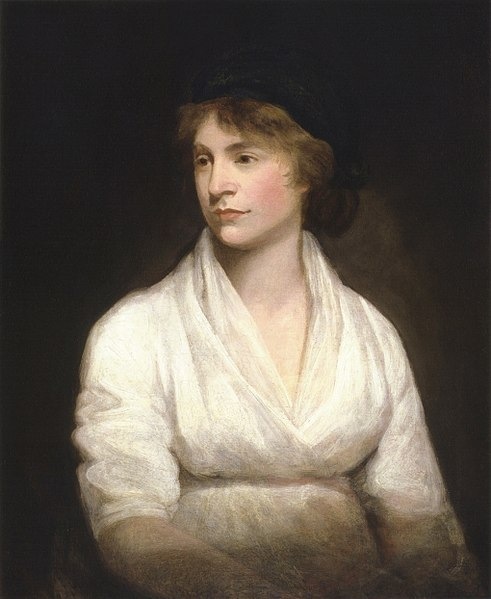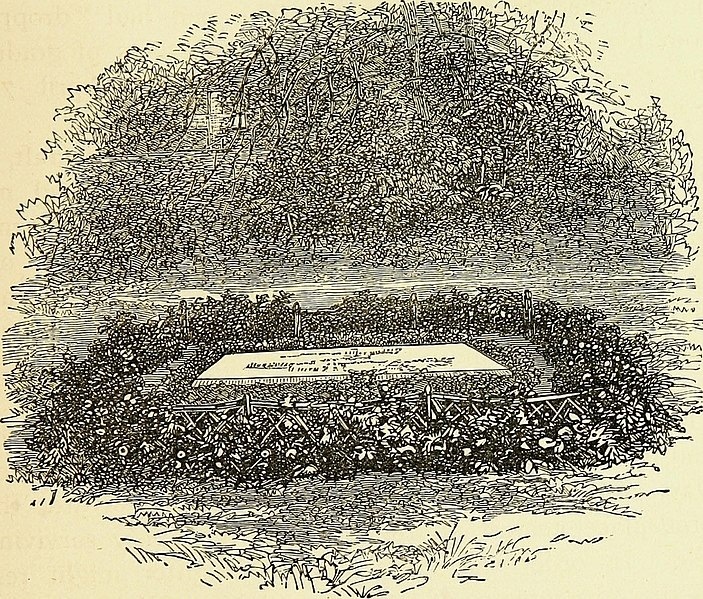
Mary Wollstonecraft
Many of us know the name Mary Shelley, author of the novel Frankenstein, a book that continues to be a source of inspiration and intrigue for those who have an interest in the themes of horror, science and philosophical considerations.
What is interesting to note, however, is that Shelley was not the first woman in her family to be recognised for her writing. The first was her mother, Mary Wollstonecraft, whom some have stated to be one of the first feminists in recorded history.
Mary was born on the 27th of April 1759 in East London as the second oldest child of seven. She faced a tough childhood due to her father’s failing business schemes and their subsequent house moves, which contributed to his worsening alcoholism.
Despite the setbacks in her life, Mary developed a love for literature and studying, causing her to actively seek out intellectual conversations with her neighbours and developing a friendship with a girl called Fanny.
At twenty-three, following the death of her mother and her father’s quick remarriage, Mary discovered that her sister Eliza was in an unhappy marriage and decided to help her get away from him. Once they were both safe, Mary co-opened a girls school called Newington Green with Fanny, allowing all three women to be independent.
While working at the school, Mary found that the curriculum offered to young girls was centred upon the assumption that they would become dependent on their husband in the future, and were primarily taught ‘feminine’ subjects like sewing or cooking. It also caused their curiosity about ‘masculine’ subjects, such as science or sports, to be stifled.
When she wasn’t teaching, Mary wrote translations, reviews, and books for children and adults. One of which was called, Thoughts on the Education of Daughters, which focused on how the girls would be good mothers and wives. But it also argued against daughters being married at a young age and giving them an unfulfilling education, demonstrating Marys burgeoning activism for women’s rights.
It wasn’t until 1792 that she produced a piece that embodied her personal beliefs about equal rights and treatments for women, titled A Vindication of the Rights of Woman. The novel suggested how equality could be created between the sexes, such as women being able to go into medical professions, that they shouldn’t be afraid to express their opinions, and that all children should have access to free and equal education.
The book was seen as controversial and challenged the status quo as Mary intended, something that wouldn’t change until after her death.
In the last few years of her life, Mary began courting William Godwin, an anarchist who shared her political agenda and free-thinking nature. A rumoured story of the two was that during an engagement with a group of the most influential critics of the time, they got into an argument and screamed at each other across the table where they sat, with Thomas Paine stuck in between them.
Mary became pregnant with Godwin’s child late in 1796, and she married him on March 29th, 1797. Eight months later Mary went into labour, but due to complications during childbirth, she died on the 10th of September 1797, eleven days after when Shelley was born.

Mary Wollstonecraft Goodwin and William Goodwin shared grave in the churchyard of St Pancras.
“Those who are bold enough to advance before the age they live in…must learn to brave censure.”
-Mary Wollstonecraft
A year after her death, Godwin published Memoirs of the Author of A Vindication of the Rights of Woman. It went into detail about many aspects of Marys life that were seen as taboo in Britain, including her various love affairs and multiple suicide attempts. The backlash was so severe that it not only caused her works to be disgraced and all the academic prestige she had gained to vanish seemingly overnight, it also forced two of her sisters to leave Britain in order to avoid public criticism.
Once her works had started to gain influence during the 1840’s feminism was forming, her name began to circulate back into academic circles in a more favourable light.
Whether she was seen as brazen or brave or not seen at all, Mary Wollstonecraft is still an instigator for change. The ideologies she suggested would eventually lay a foundation for the feminism movement to build upon. She refused to be docile and continued to speak her mind despite the turbulent times she faced, and even hundreds of years later, it’s hard not to respect her for that.





Leave A Comment